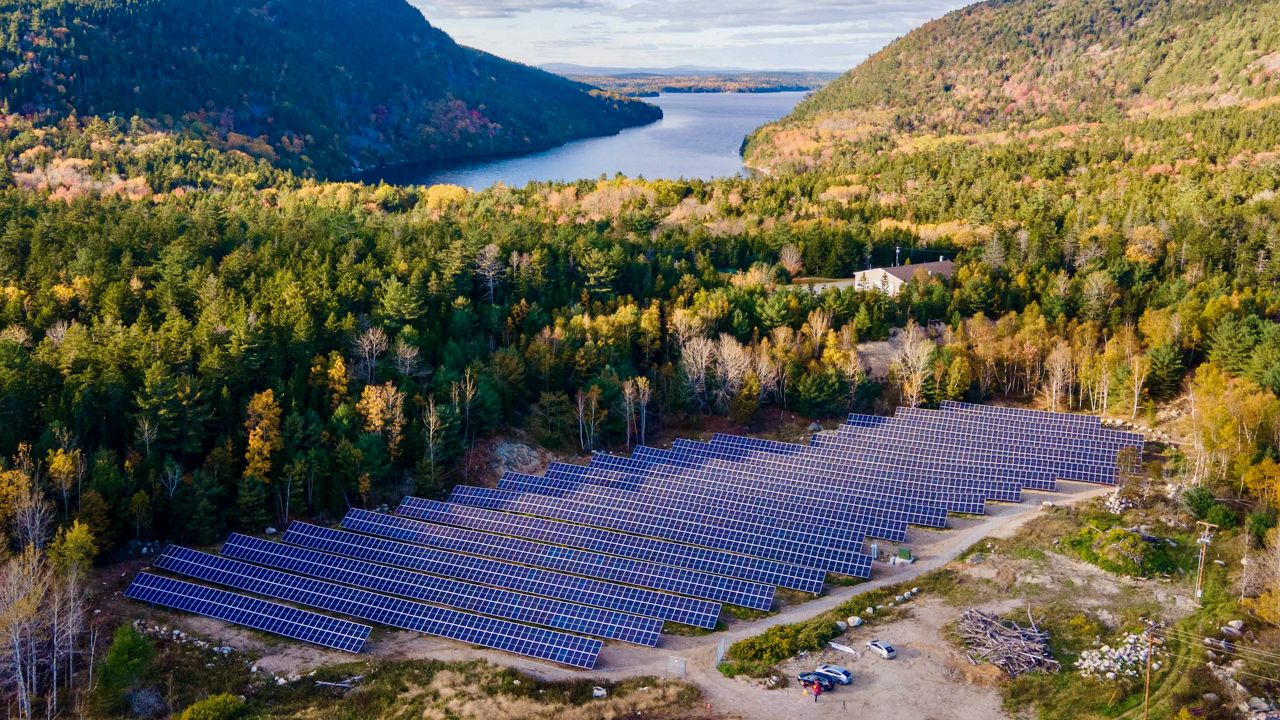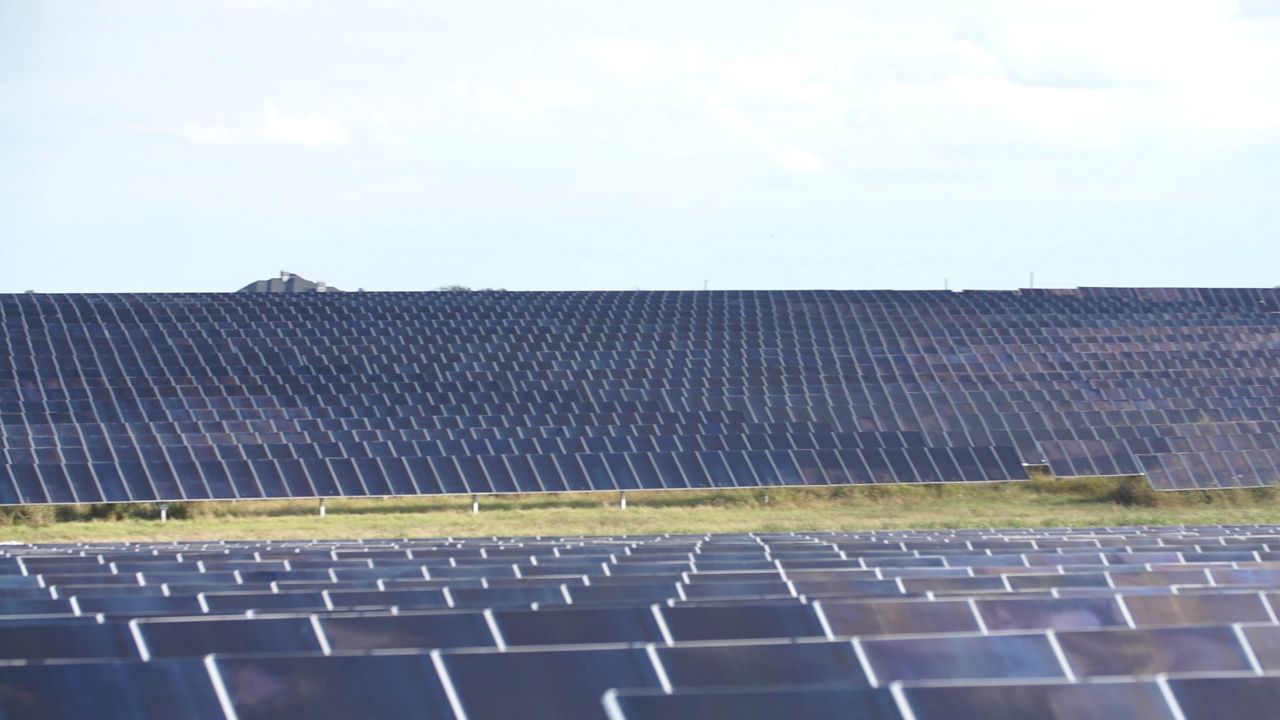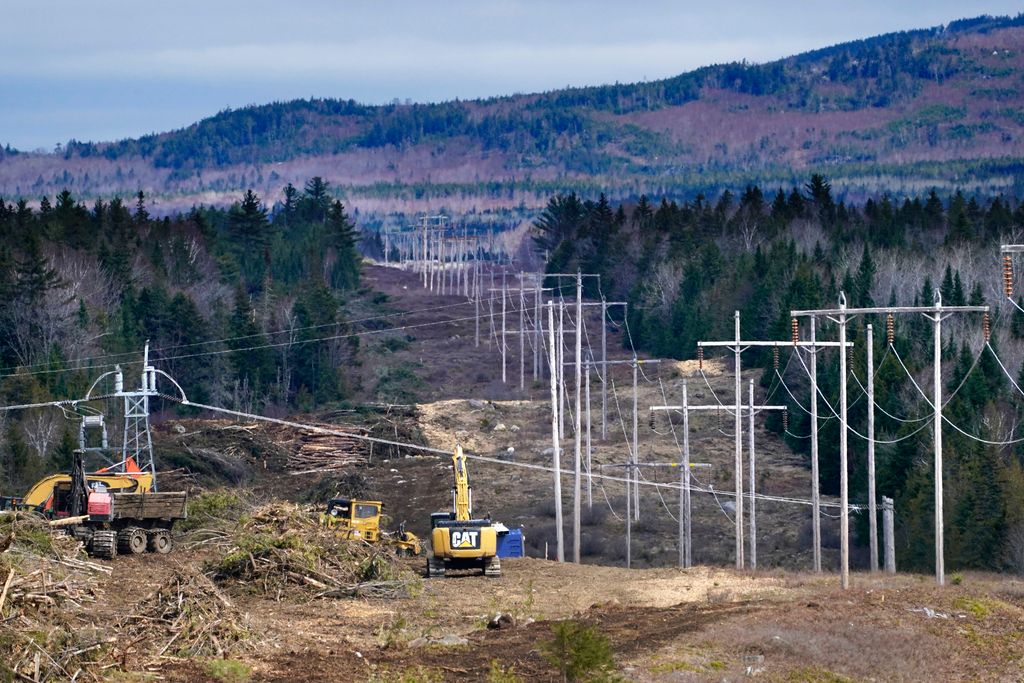Mainers are finally poised to cast their votes on whether to retroactively block the Central Maine Power corridor and put new restrictions on future transmission lines. But Tuesday’s referendum is hardly the last word on whether the controversial Western Maine power line succeeds.
There are several open threads on the CMP project that will outlast the referendum, leaving the corridor’s future in question well into next year, at least. And the referendum vote itself is expected to lead to new litigation, no matter the outcome.
Here’s what you need to know about the next battlefronts for the transmission project after Question 1 is in the history books.
Litigation all but guaranteed over the outcome of Question 1
If Mainers vote “yes” and close the Upper Kennebec Region to “high-impact electric transmission lines” retroactively to 2014, it would have the effect of banning the CMP corridor.
That would likely prompt CMP to challenge the referendum in court. If CMP is successful, opponents like the Natural Resources Council of Maine and energy competitors like NextEra would likely keep trying to block or delay the corridor through other channels.
If voters say “no” to Question 1, signalling that the corridor can go ahead, those opponents are likely to dig in on other fronts where they hope to block the corridor, which we’ll get into below. And they could do the same if CMP successfully challenged a “yes” vote on the referendum.
A tangled tug-of-war over the corridor’s public lands lease
This referendum stems from a lawsuit over the way Maine granted approval for CMP to build the corridor across a mile of state-owned land near West Forks. A Superior Court judge ruled in August that the state didn’t do its due diligence in how it issued that lease.
CMP has appealed that ruling to the state Supreme Court, which isn’t expected to make a decision until sometime next year. CMP is allowed to keep working on the project everywhere except on the contested land in the meantime.
The Supreme Court could uphold the lower court’s decision, which would likely mean the state would have to go back and decide whether the corridor constitutes a “substantial alteration” to the public lands at issue.
Either CMP or its opponents could appeal whatever decision comes from that step, sending the issue back to the Superior Court and potentially the Supreme Court after that.
Ultimately, the state and courts could block CMP from using the public parcel as it had planned. This would mean the project would have to be rerouted if it was to continue.
CMP has already floated some alternatives, including moving the corridor around the contested lands or drilling it underneath. In any case, they say it would cost millions and delay the project by up to a year.
The Supreme Court could also vacate the ruling that cast doubt on the lease, potentially allowing CMP to move forward as planned.
But the state hasn’t waited for the courts to take all those steps. The Department of Environmental Protection held a hearing Oct. 19 on whether the Superior Court’s August ruling alone constitutes a “significant change” that merits suspending the disputed lease.
A decision in this DEP case isn’t expected until late November or December at the earliest. But it could come before the courts have weighed in, which could be another path toward some of the outcomes we’ve just talked about.
Two more unresolved appeals of state and federal permits
Corridor opponents filed a federal lawsuit against the Army Corps of Engineers last fall, alleging the permitting agency erred in how it conducted its environmental assessment of the power line. But that suit likely won't move forward until after the referendum vote.
Opponents also have an appeal of the primary state permit the project received in 2020 pending before the Board of Environmental Protection.
One more stumbling block from competitor NextEra
In the backdrop of all this drama in Maine is a complicated obstacle for CMP that relates to the Seabrook Nuclear Plant in New Hampshire. The plant generates a big chunk of New England’s electricity, about as much power as would flow from Canadian hydro dams on the CMP corridor.
Seabrook owner NextEra also has fossil fuel and renewable assets in Maine and across the region. All this is why the Florida company has spent tens of millions to oppose the CMP corridor and other attempts by Hydro-Quebec to funnel its power into New England.
The last front where NextEra could block the CMP project hinges on an aging circuit breaker at the Seabrook plant. It needs an upgrade before it can handle the influx of power that the CMP corridor aims to bring onto the regional grid in 2023.
CMP parent company Avangrid alleged in a complaint with the Federal Energy Regulatory Commission last year that NextEra is putting off the work to try and kill the CMP corridor. NextEra rejects this. But so far, the upgrade hasn’t happened. The dispute is ongoing at FERC.
A note on the climate change context
New England currently gets about half of its electricity from natural gas and a third from nuclear plants, much of it generated by NextEra and other companies that have opposed the CMP corridor. The power line would bring electricity made without fossil fuels into New England, though critics of the project say large hydro dams do more harm to the environment than good.
Either way, the referendum that could block the project would also raise the bar for Maine to approve any similarly sized transmission lines in the future, which climate advocates say will likely be necessary to grow renewable energy.
Even as the referendum vote looms and debate over the power line wears on, states like Maine are trying to cut down on greenhouse gas emissions rapidly in order to help the nation and world avert a catastrophic future — within the lifetime of today’s young adults — of extreme heat, weather disasters and rising seas.
The big picture is that New England has already sharply lowered its emissions from energy generation in the past couple of decades, through energy efficiency, the gradual growth of renewables and by replacing coal and oil plants with relatively cleaner-burning natural gas. Environmentalists hope to see more wind and solar supplant gas in the coming years.
The region’s largest and most entrenched sources of emissions are transportation and buildings, especially home heating, which in Maine comes more from oil than in any other state.









